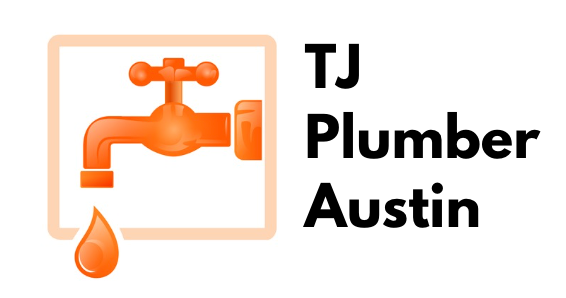Sewer Cleaning – Austin, TX
ECO-FRIENDLY APPROACHES TO SEWER CLEANING
1. Hydro Jetting: Hydro jetting involves using high-pressure water to clean sewer lines, removing debris, grease, and other blockages without the need for chemicals. It’s an effective and environmentally friendly method that doesn’t introduce harmful substances into the sewer system.
2. Biological Drain Cleaners: Biological drain cleaners contain natural enzymes and bacteria that break down organic waste in sewer lines, helping to clear blockages and prevent clogs. These cleaners are non-toxic and safe for the environment, making them a sustainable alternative to chemical drain cleaners.
3. Mechanical Augers: Mechanical augers, also known as drain snakes or plumbing snakes, are tools used to physically remove obstructions from sewer lines. They can be manually operated or powered by machines and are effective for clearing blockages without the need for chemicals.
4. Rooter Service: Rooter service involves using specialized equipment to remove tree roots and other plant matter that may infiltrate sewer lines and cause blockages. By cutting or grinding away roots, rooter service can restore proper flow in sewer lines without damaging the surrounding environment.
5. Preventive Maintenance: Implementing preventive maintenance practices, such as regular sewer line inspections and cleaning, can help prevent blockages and reduce the need for more invasive cleaning methods. By proactively addressing potential issues, homeowners and municipalities can minimize the environmental impact of sewer cleaning.
6. Green Cleaning Products: When chemical cleaners are necessary, choosing environmentally friendly and biodegradable products can help minimize the environmental impact. Look for products that are certified by third-party organizations, such as EcoLogo or Green Seal, to ensure they meet rigorous environmental standards.
7. Sewer Line Rehabilitation: In some cases, sewer lines may require rehabilitation or repair to address structural issues or prevent leaks and blockages. Eco-friendly rehabilitation methods, such as trenchless pipe repair or relining, minimize disruption to the surrounding environment and reduce the need for excavation and landscaping.
8. Public Education and Outreach: Educating the public about proper sewer maintenance practices, such as disposing of grease and oil properly and avoiding flushing non-biodegradable items, can help reduce the occurrence of sewer blockages and the need for intensive cleaning methods.
By adopting these eco-friendly approaches to sewer cleaning, municipalities, businesses, and homeowners can maintain the health and integrity of sewer systems while minimizing their environmental impact.
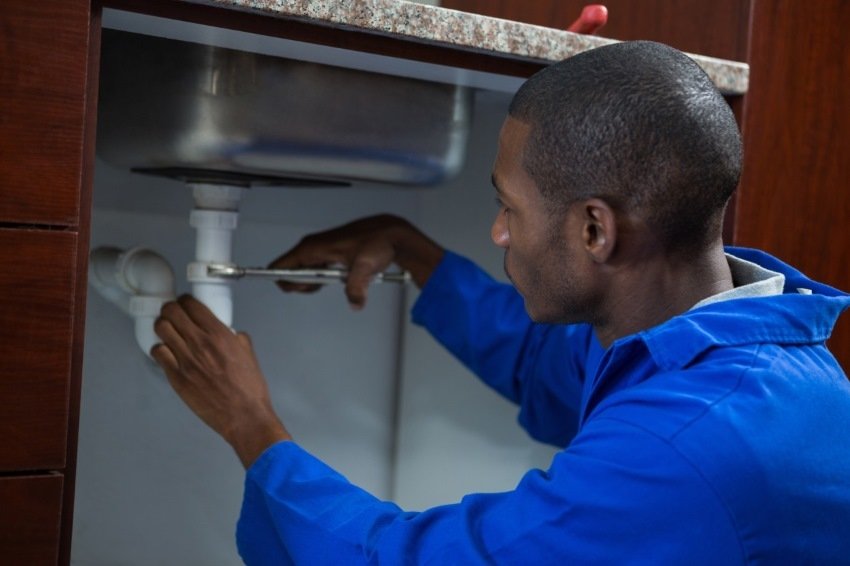
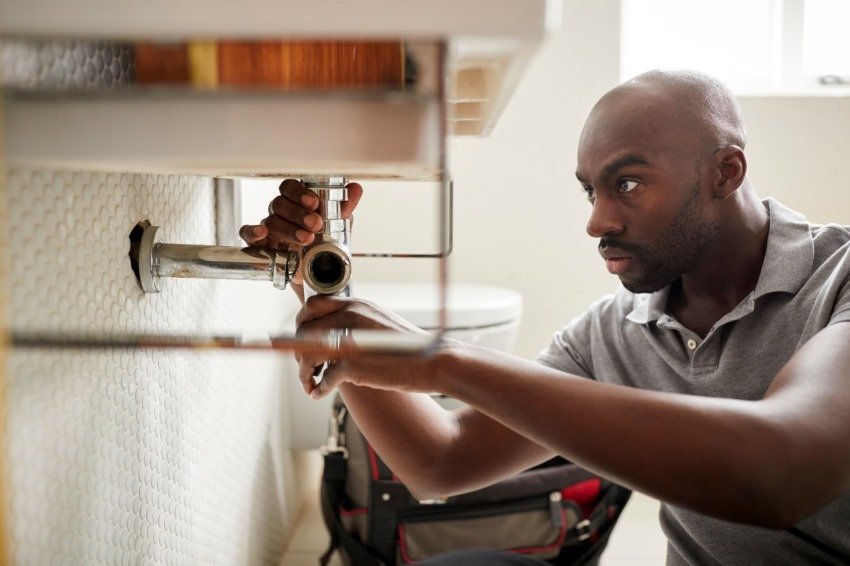
Call Now For A Free Estimate
HOW TO CLEAN A SEWER SYSTEM?
Cleaning a sewer system typically involves removing debris, sediment, grease, and other obstructions from the pipes to restore proper flow and prevent backups or blockages. Here’s a general guide on how to clean a sewer system:
1. Assessment: Before cleaning the sewer system, assess the extent of the problem and identify any areas of concern, such as blockages, root intrusion, or structural damage. This may involve visual inspection, video camera inspection, or other diagnostic methods.
2. Choose Cleaning Method: Select the appropriate cleaning method based on the condition of the sewer system and the type of obstructions present. Common cleaning methods include hydro jetting, mechanical augering, root cutting, and chemical cleaning.
3. Prepare Equipment and Materials: Gather the necessary equipment and materials for the chosen cleaning method. This may include high-pressure water jetting equipment, mechanical augers or rooters, cleaning chemicals, safety gear, and protective clothing.
4. Safety Precautions: Before starting any cleaning work, take appropriate safety precautions to protect yourself and others. This may include wearing gloves, safety goggles, and respiratory protection, as well as securing the work area to prevent accidents. In case of difficulties, call emergency plumbing services.
5. Hydro Jetting: If using hydro jetting, connect the high-pressure water jetting equipment to the sewer line and adjust the water pressure and flow rate according to the needs of the cleaning job. Use the jetting nozzle to deliver a powerful stream of water to dislodge and flush away debris and obstructions.
6. Mechanical Augering or Root Cutting: For mechanical cleaning methods, such as augering or root cutting, insert the equipment into the sewer line and use it to physically break up or remove obstructions. Follow manufacturer’s instructions and best practices for safe and effective operation.
7. Chemical Cleaning (if necessary): In some cases, chemical cleaners may be used to dissolve grease, oil, or other organic materials that are resistant to mechanical cleaning methods. Use environmentally friendly and biodegradable cleaners whenever possible, and follow manufacturer’s instructions for safe handling and disposal.
8. Flush and Inspect: After cleaning the sewer system, flush the pipes with clean water to remove any remaining debris and ensure proper flow. Conduct a final inspection to verify that the system is clean and free of obstructions.
9. Maintenance and Prevention: Implement a regular maintenance program to prevent future blockages and keep the sewer system in good condition. This may include routine inspections, cleaning schedules, and proactive measures to address potential issues before they become major problems.
10. Documentation: Keep detailed records of the cleaning process, including inspection reports, cleaning logs, and any maintenance activities performed. This documentation can help track the condition of the sewer system over time and guide future maintenance efforts.
By following these steps and employing appropriate cleaning methods, you can effectively clean a sewer system and maintain its proper function and longevity. If you’re unsure about how to clean a sewer system or encounter complex issues, consider consulting with a professional plumber near me or plumbing company near me service for assistance.
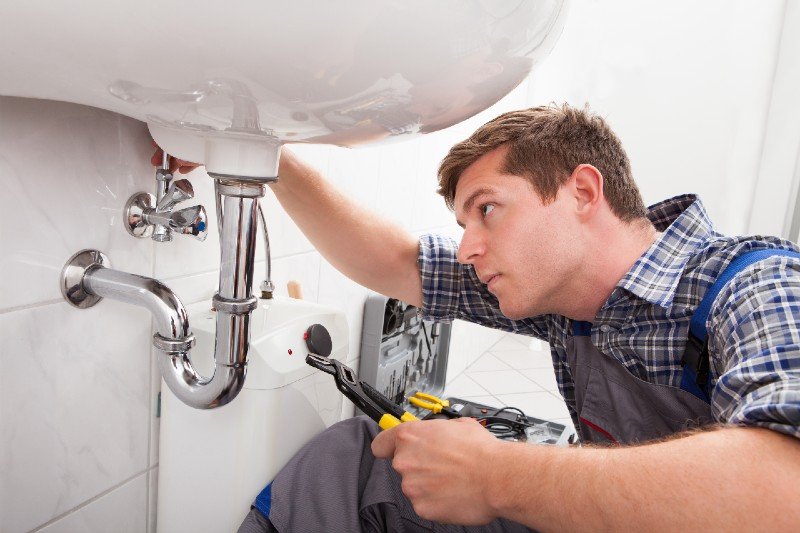
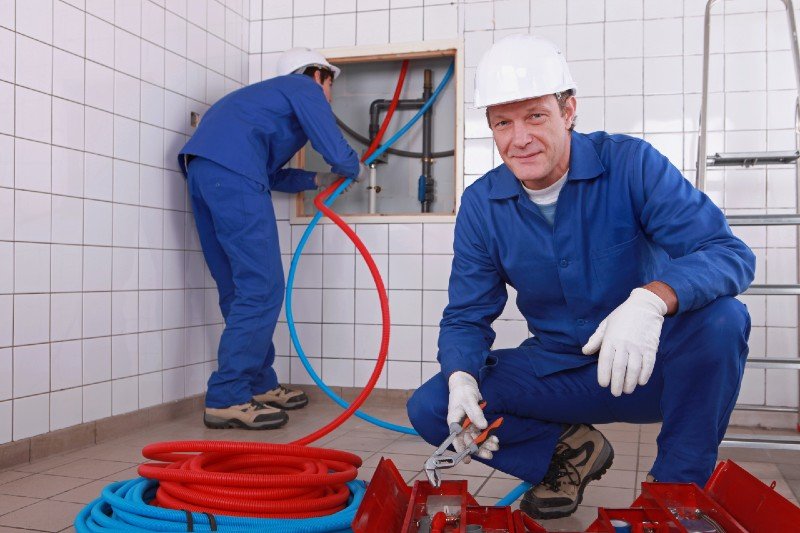
Call Now For A Free Consultation
PREVENTING AND RESOLVING TREE ROOT DAMAGE IN SEWER LINES
Preventing and resolving tree root damage in sewer lines is essential for maintaining the integrity and functionality of the plumbing system. Here are some strategies for both prevention and resolution:
Prevention:
1. Strategic Planting: When landscaping, avoid planting trees with aggressive root systems near sewer lines. Choose trees and shrubs with non-invasive root systems, or plant them a safe distance away from sewer lines.
2. Barrier Installation: Install physical barriers, such as root barriers or impervious membranes, around sewer lines to prevent tree roots from infiltrating the pipes. These barriers create a barrier that roots cannot penetrate, redirecting them away from the sewer line.
3. Regular Inspections: Conduct regular inspections of sewer lines using video camera inspection technology. This allows you to identify tree root intrusion early before it causes significant damage or blockages.
4. Chemical Treatments: Use chemical treatments, such as copper sulfate or foaming root killers, to discourage root growth in sewer lines. These treatments are applied periodically and help to kill or inhibit root growth without harming the tree.
5. Maintain Healthy Trees: Keep trees healthy and well-maintained to reduce the likelihood of root intrusion. Proper watering, pruning, and fertilization can help trees develop stronger root systems that are less likely to seek out moisture from sewer lines.
Resolution:
1. Root Cutting: Use mechanical root cutting tools, such as root augers or root cutting blades, to remove tree roots that have infiltrated sewer lines. This clears the blockage and restores proper flow in the pipes.
2. Hydro Jetting: Hydro jetting involves using high-pressure water to blast away tree roots and other debris from inside sewer lines. This method is effective for clearing roots and restoring the full diameter of the pipe.
3. Chemical Treatments: Apply chemical treatments specifically designed to kill tree roots within sewer lines. These treatments are typically applied through cleanout access points and work to dissolve roots over time.
4. Trenchless Repair: Consider trenchless repair methods, such as pipe relining or pipe bursting, to repair sewer lines damaged by tree roots without the need for extensive excavation. Trenchless methods minimize disruption to landscaping and reduce the risk of future root intrusion.
5. Regular Maintenance: Implement a regular maintenance schedule for sewer lines to monitor for signs of root intrusion and address any issues promptly. This may include routine inspections, cleaning, and root control treatments as needed.
6. Professional Assistance: If root damage is severe or recurring, seek professional assistance from a licensed plumber in Austin or sewer contractor. They can assess the extent of the damage and recommend appropriate repair or prevention measures.
By implementing a combination of prevention strategies and timely resolution methods, you can effectively prevent and resolve tree root damage in sewer lines, ensuring the long-term integrity and functionality of the plumbing system.
Got Questions? Call Now To Get Answers
HOW OFTEN SHOULD YOU HYDRO JET YOUR SEWER LINE?
The frequency of hydro jetting your sewer line depends on various factors, including the age and condition of your plumbing system, the presence of tree roots or other obstructions, and your local environmental conditions. Here are some general guidelines to consider:
1. Regular Maintenance: It’s recommended to schedule hydro jetting as part of your regular sewer line maintenance routine. For most residential properties, an annual or bi-annual hydro jetting schedule may be sufficient to keep sewer lines clear of debris and prevent blockages.
2. High-Risk Areas: If your property is located in an area with a high risk of tree root intrusion or other factors that increase the likelihood of sewer line blockages, you may need to hydro jet more frequently. Properties with mature trees nearby or a history of recurring blockages may benefit from more frequent hydro jetting, such as every six months.
3. Previous Blockages: If you’ve experienced recurring sewer line blockages in the past, consider increasing the frequency of hydro jetting to prevent future issues. Hydro jetting can help remove stubborn obstructions and maintain the integrity of your sewer line.
4. After Sewer Line Repairs: If you’ve recently repaired or replaced a section of your sewer line due to damage or blockages, consider scheduling hydro jetting as part of the post-repair maintenance plan. This helps ensure that the newly repaired section of the sewer line remains clear and free-flowing.
5. Professional Assessment: Consult with a licensed emergency plumber or sewer contractor to assess the condition of your sewer line and recommend an appropriate hydro jetting schedule based on your specific needs and circumstances. They can provide expert advice and guidance tailored to your property.
Ultimately, the frequency of hydro jetting your sewer line should be based on a combination of factors, including preventative maintenance, risk factors, and professional recommendations. By staying proactive and addressing potential issues before they escalate, you can help maintain the health and functionality of your sewer system.
CHEMICAL VS. MECHANICAL METHODS: PROS AND CONS OF DIFFERENT SEWER CLEANING APPROACHES
When it comes to sewer cleaning, there are various methods available, each with its own set of advantages and disadvantages. The two primary categories of sewer cleaning methods are chemical and mechanical. Here are the pros and cons of each approach:
Chemical Methods:
Pros:
1. Ease of Use: Chemical cleaners are often easy to apply and require minimal labor compared to mechanical methods.
2. Cost-Effective: Chemical cleaners are generally more affordable than mechanical equipment, making them a cost-effective option for minor blockages.
3. Accessibility: Chemical cleaners are readily available at hardware stores and online, making them accessible for homeowners and DIY enthusiasts.
4. Versatility: Chemical cleaners can be effective for a wide range of blockages, including grease, hair, soap scum, and organic matter.
Cons:
1. Environmental Impact: Many chemical cleaners contain harsh ingredients that can be harmful to the environment and water supply if not used properly. They may also kill beneficial bacteria in septic systems.
2. Limited Effectiveness: Chemical cleaners may not be effective for severe blockages, large obstructions, or root intrusion, requiring repeated applications or additional cleaning methods.
3. Health Risks: Chemical cleaners can release fumes or irritants that may pose health risks to users, especially if used in poorly ventilated areas or in high concentrations.
4. Potential Damage: Some chemical cleaners can corrode pipes or damage plumbing fixtures if used incorrectly or excessively, leading to costly repairs.
Mechanical Methods:
Pros:
1. Highly Effective: Mechanical methods, such as hydro jetting or mechanical augering, are highly effective for removing stubborn blockages, including tree roots, grease buildup, and solid debris.
2. Long-Term Solutions: Mechanical methods provide a more thorough cleaning of sewer lines, reducing the likelihood of recurring blockages and extending the lifespan of the plumbing system.
3. Environmentally Friendly: Mechanical methods, particularly hydro jetting, use water pressure or mechanical force to clear blockages without the need for harsh chemicals, making them more environmentally friendly.
4. Versatility: Mechanical equipment can be tailored to specific cleaning needs and adjusted to accommodate different pipe sizes, angles, and materials.
Cons:
1. Equipment Cost: Mechanical cleaning equipment, such as hydro jetters or root cutting machines, can be expensive to purchase or rent, making them less accessible for homeowners.
2. Professional Expertise Required: Mechanical cleaning methods often require specialized training and expertise to operate safely and effectively, necessitating the involvement of professional plumbers or sewer technicians.
3. Potential for Damage: Improper use of mechanical equipment can cause damage to sewer lines, including pipe fractures, joint separation, or dislodging of pipe fittings. Proper training and experience are essential to minimize the risk of damage.
4. Limited Accessibility: Mechanical equipment may not be suitable for all sewer line configurations or locations, particularly in tight spaces or areas with restricted access.
In summary, both chemical and mechanical sewer cleaning methods have their advantages and disadvantages. The choice between them depends on factors such as the severity of the blockage, environmental considerations, cost constraints, and the availability of professional expertise. In many cases, a combination of both methods may be necessary to effectively clean and maintain sewer lines.
TJ PLUMBER AUSTIN
3605 Thompson St, Austin, TX 78702
Hours of Operation
Mon Open 24 hours
Tue Open 24 hours
Wed Open 24 hours
Thu Open 24 hours
Fri Open 24 hours
Sat Open 24 hours
Sun Open 24 hours
